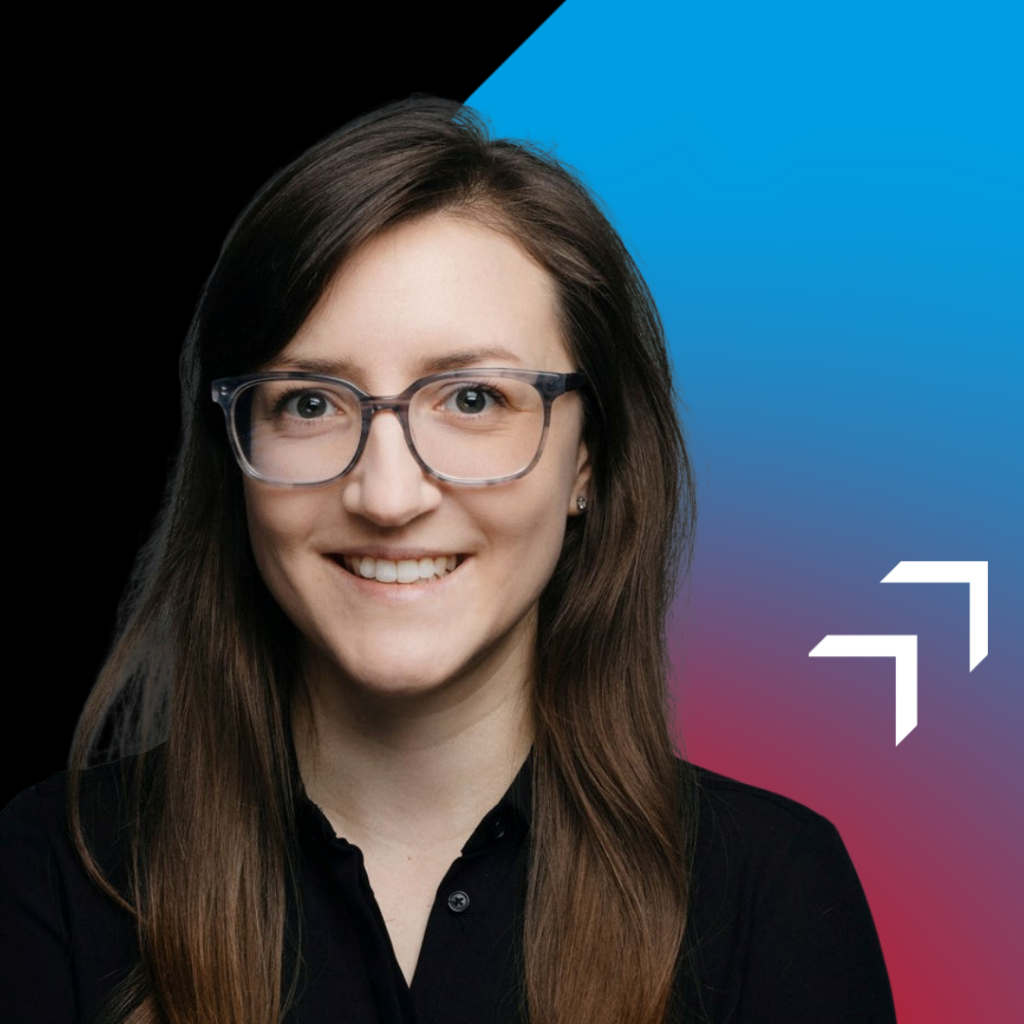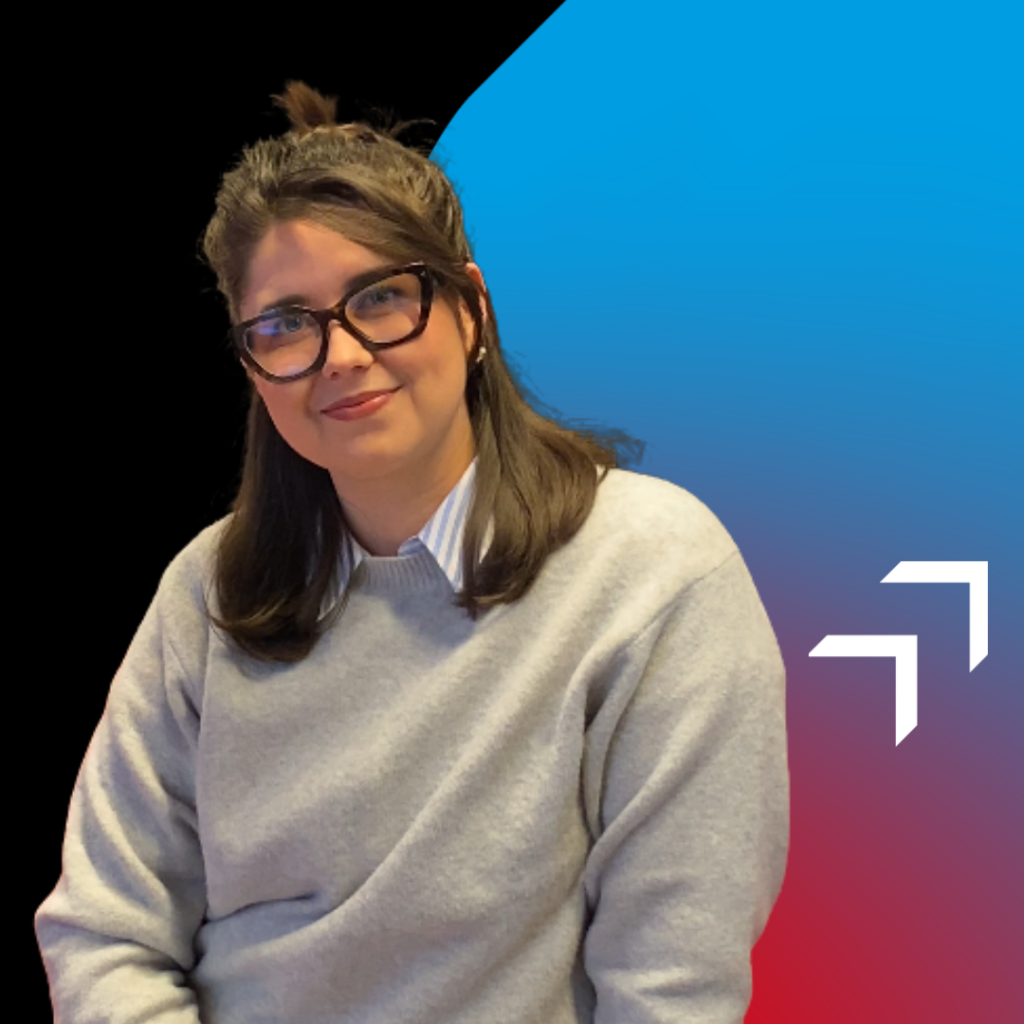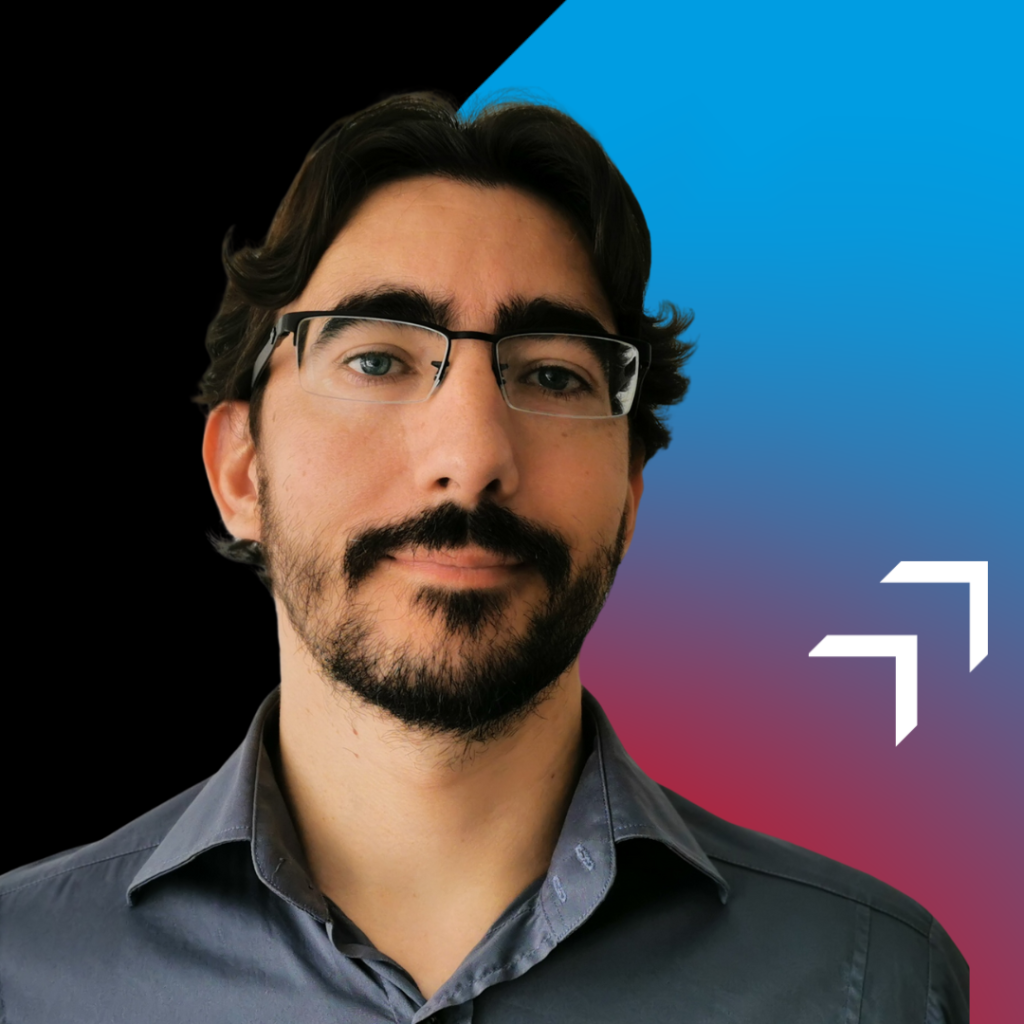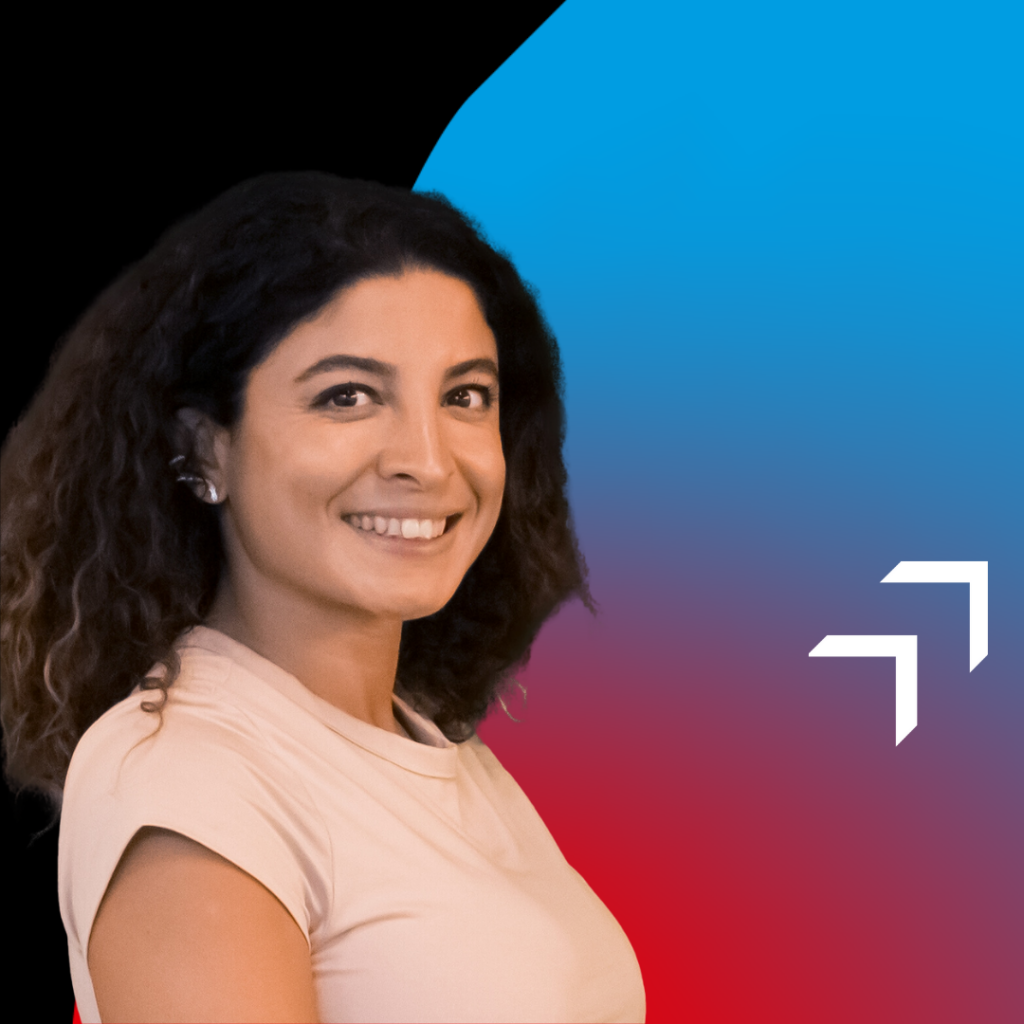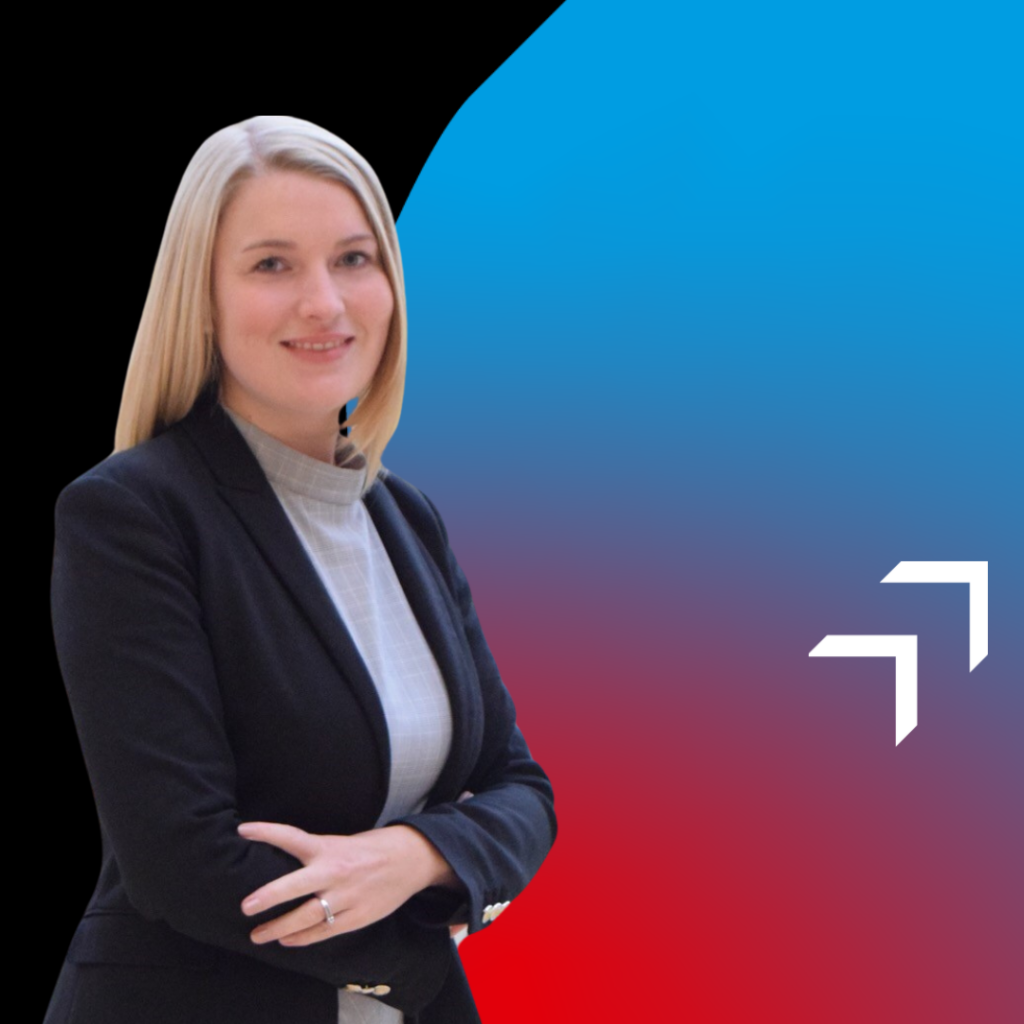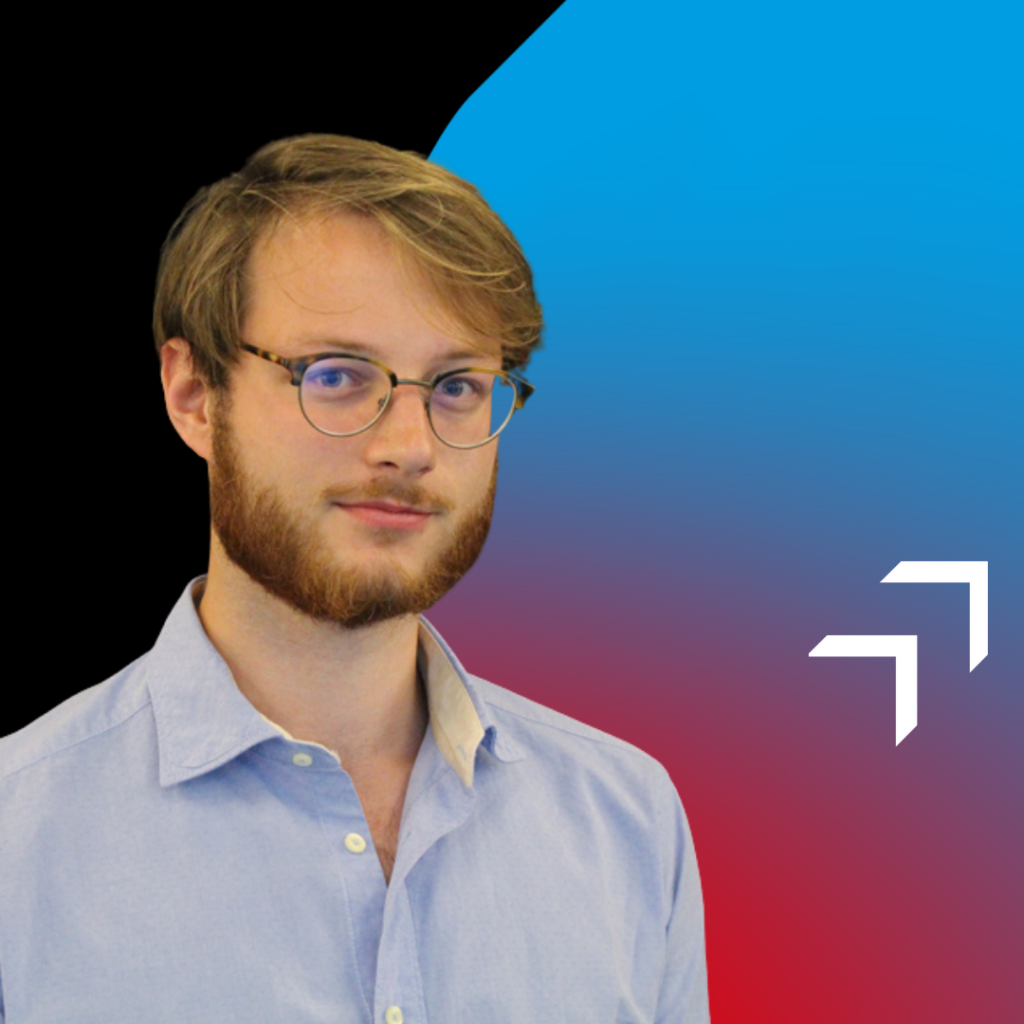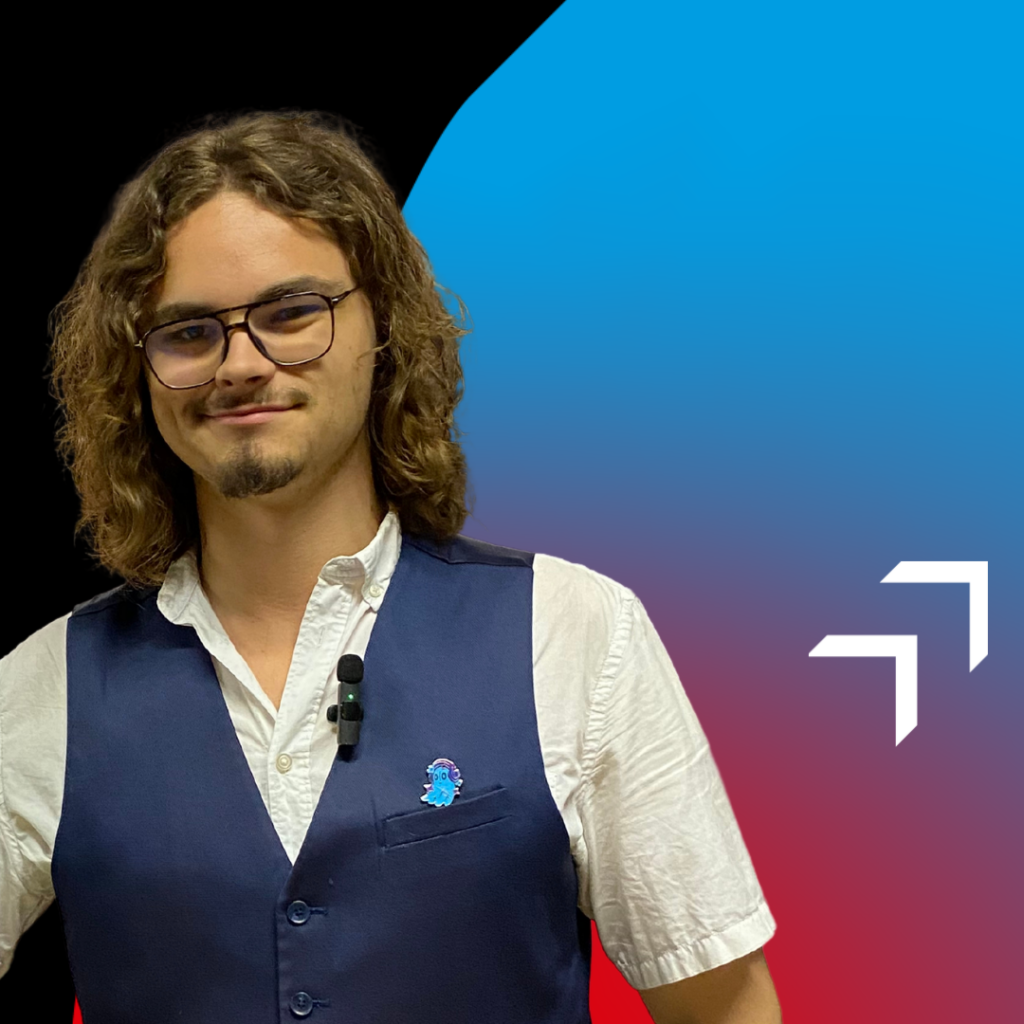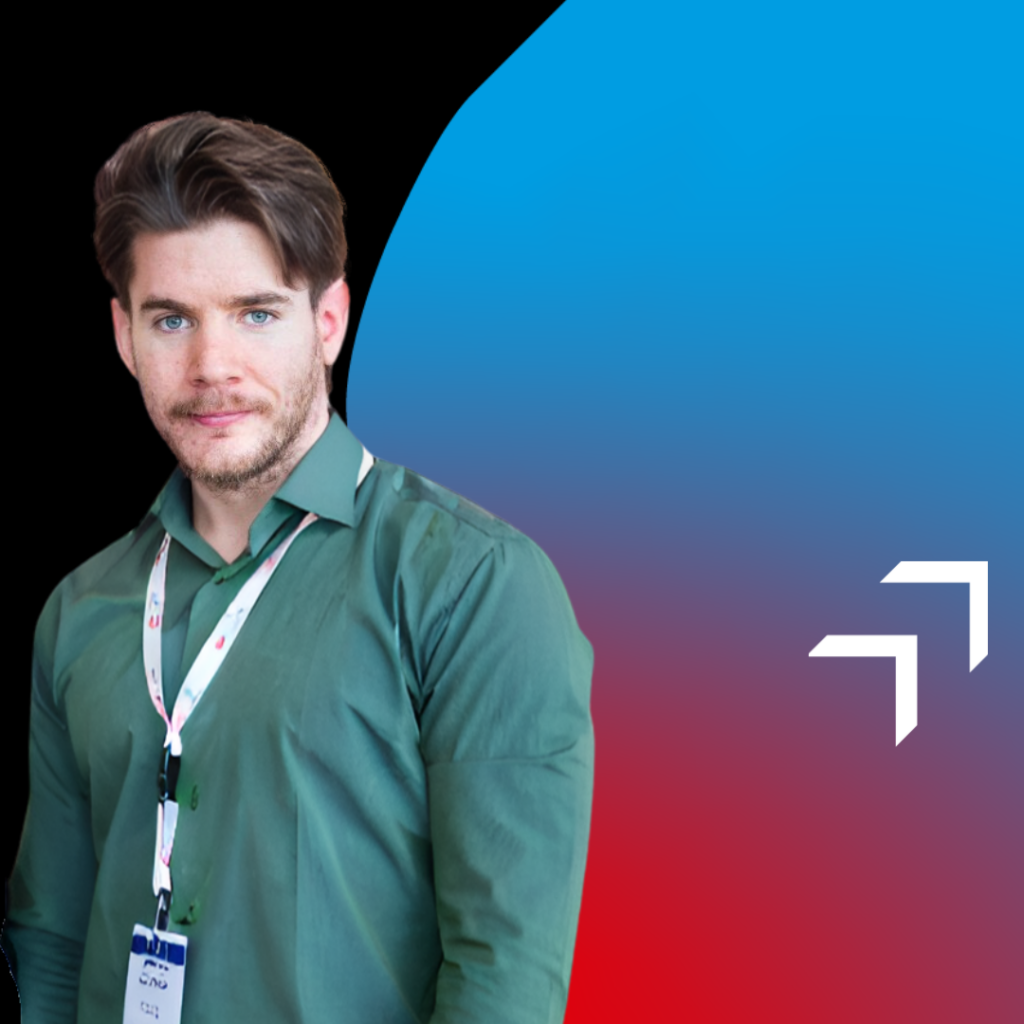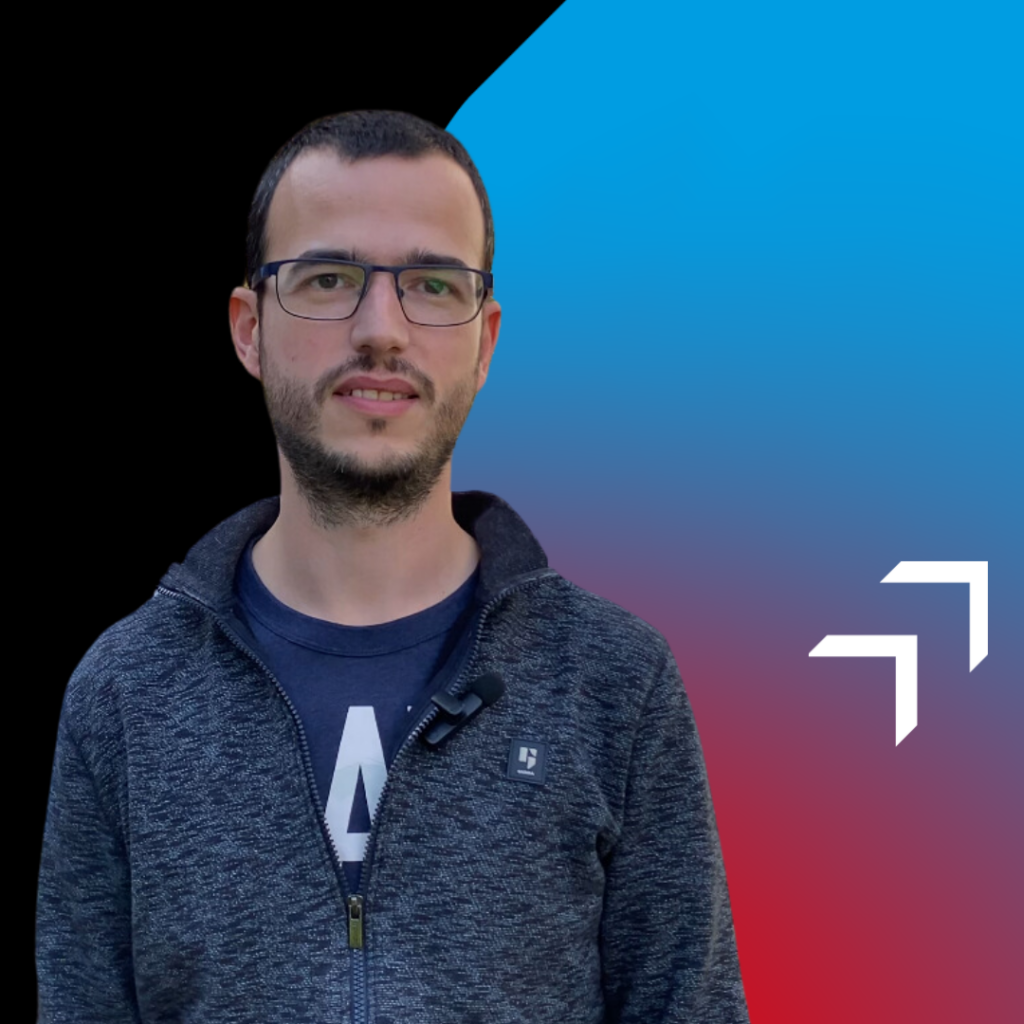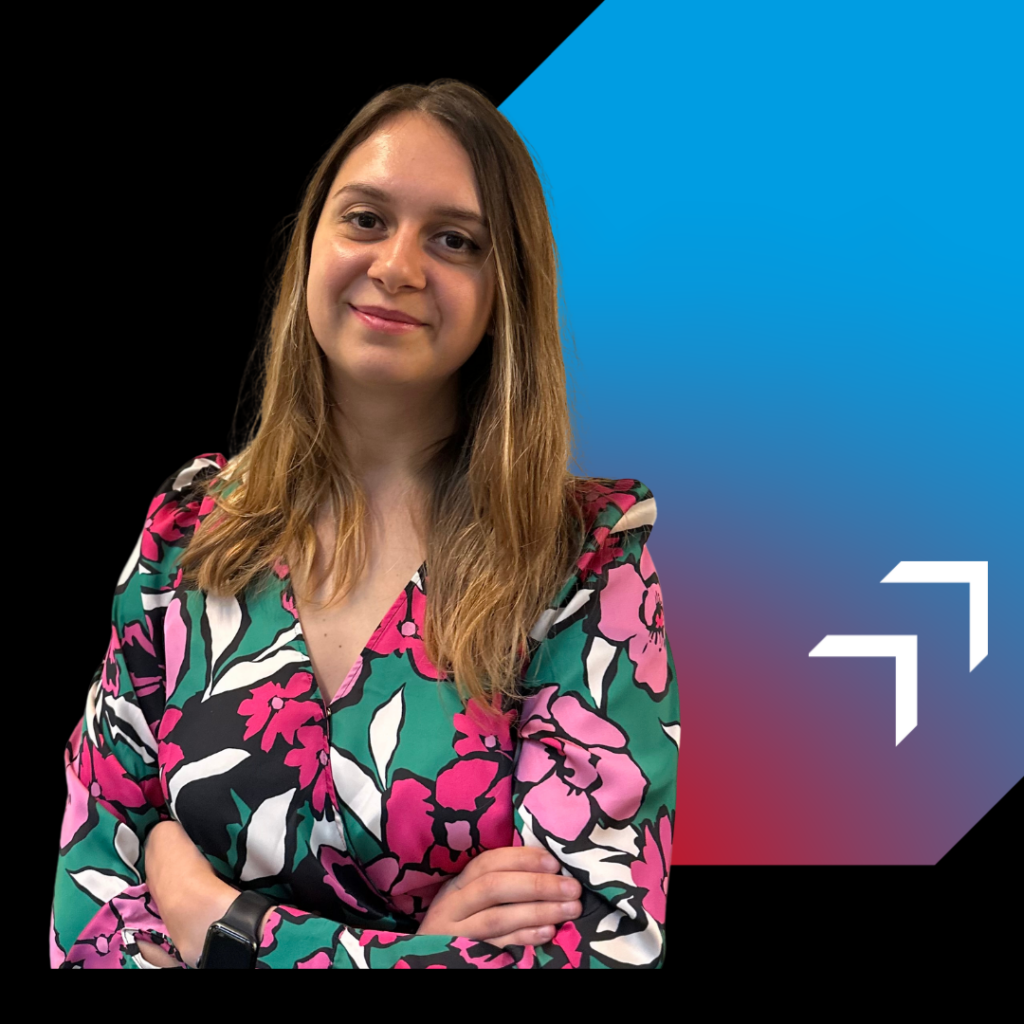In conversation with our young researchers: Charlotte Stoffels
04 November 2022

Chemical pollution in our bodies
Perfluoroalkylated substances (PFAS), also known as “forever chemicals”, are global pollutants that threaten wildlife and human health. It is therefore crucial to study their fate and toxicity in our body to assess their impacts.
How can we better understand potential negative impacts of PFAS on our health?
Charlotte Stoffels is a PhD candidate in the Advanced Instrumentation for Nano-Analytics (AINA) group at the Luxembourg Institute of Science and Technology (LIST). In her research project, she is working on the development of a new methodology using high-resolution chemical imaging techniques allowing the localization of PFAS, inside cells and tissues.
Toxicology and mass spectrometry imaging
Perfluoroalkylated substances (PFAS) have been widely used for many industrial applications including carpeting, firefighting foam, and textiles. So, there are omnipresent in our environment. Unfortunately, these chemicals are persistent and accumulate in human and animal bodies, leading to major health issues.
Increased restrictions and public attention on well-known PFAS, such as perfluorooctanoic acid (PFOA), have resulted in a number of emerging alternatives as replacements. However, little is known about these alternatives and further research are needed to better understand their effects on humans and the environment.
In her PhD project, Charlotte Stoffels and her team have developed a new methodology using high-resolution chemical imaging techniques allowing the localization of PFAS, and PFAS alternatives, inside cells and tissues. Funded by the INTER programme of the Luxembourg National Research Fund (FNR) under the FLUO-GUT project, this new visualization methodology provides insightful information to better understand potential negative impacts of these toxicants and opens new opportunities in toxicology in general.
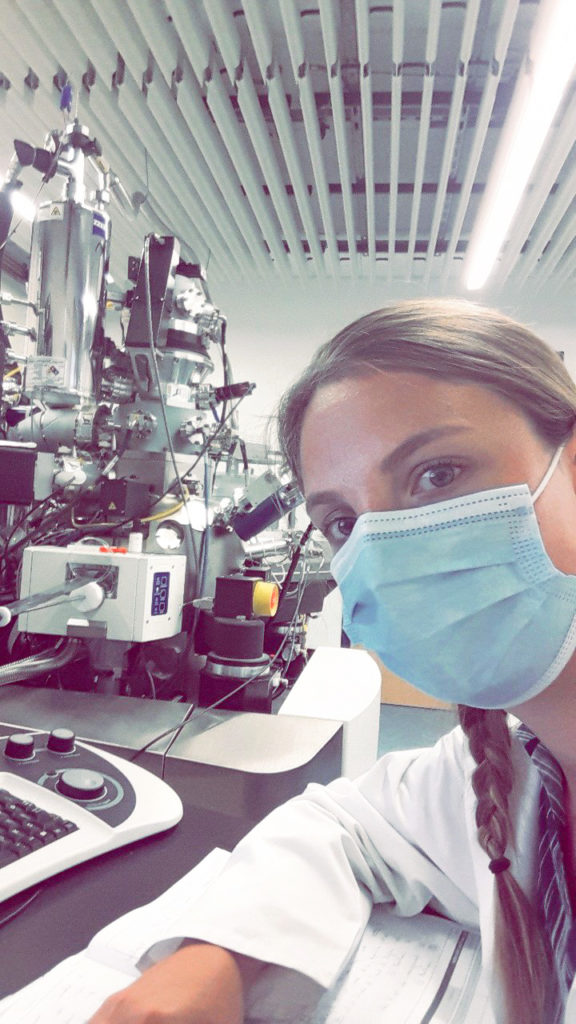
We use mass spectrometry imaging techniques to study the fate and impacts of those toxicants inside tissues and cells.
Charlotte Stoffels
The taste for research
If research was not a vocation at first sight, Charlotte’s first internship in Luxembourg gave her the desire to pursue a career in the research sector.
Loving mathematics and sciences, Charlotte decided to take the entrance exam in engineering at University of Liège, which she passed. She did her bachelor in General Engineering, a first master in Chemical and Materials Engineering, and a second master in Biomedical Engineering.
During her first master in 2018, Charlotte did a 6-month internship at LIST in the Nano-Enabled Medicine and Cosmetics (NEMC) group, during which she functionalised microcarriers for cell expansion and materials sensing. She received a best master thesis award, and the technology was finally patented.
During her second master (2018/19), she did a second internship at LIST in the Environmental Health (EH) group, during which she was developing a serum-free 3D in vitro alveolar lung model for respiratory sensitization. Here again, she received a best master thesis award, and a publication was recently published as a co-author.
A “LIST story”
It is therefore quite natural that she started her PhD in 2019 at LIST, where she works in an environment highly fostering interdisciplinarity and collaboration.
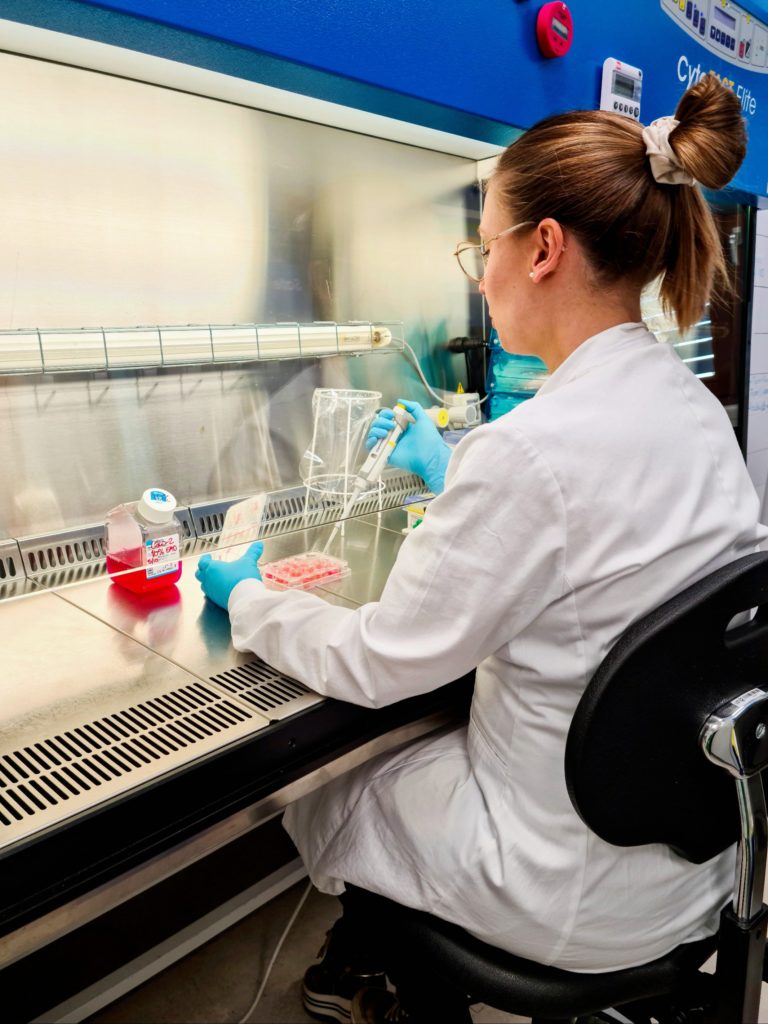
When I applied for the PhD position, I directly asked to collaborate with the EH group (in which I did my second internship). By doing so, I had the opportunity to work on the entire workflow, from the cell culture to the cell analysis using different imaging techniques.
Charlotte Stoffels
Charlotte has also involved other groups in the project along the way, strengthening collaboration between groups and providing added value to the project. Thanks to this collaborative approach, many data have been collected and key results may further toxicology research on PFAS.
Research: a priority in Luxembourg
In Luxembourg, Charlotte found a research environment sustained by robust state funding and public support. The result is modern research infrastructures, well equipped with cutting-edge instruments and technologies.
At Luxembourg, research is not limited by money. There is a strong will from the Government to develop research in Luxembourg, which therefore leads to substantial investments. As a matter of facts, the use of relatively expensive materials or instruments is usually not limited (when justified of course).
Charlotte Stoffels
In addition to this stimulating research landscape offering exciting job opportunities, Charlotte enjoys living in Luxembourg where she quickly met many other PhD students, some of them becoming close friends.
Although living in Luxembourg is quite expensive despite competitive salaries, Charlotte also appreciates the location of Luxembourg (access to many cities around), the safety and the diversity of cultures and nationalities present in the country.
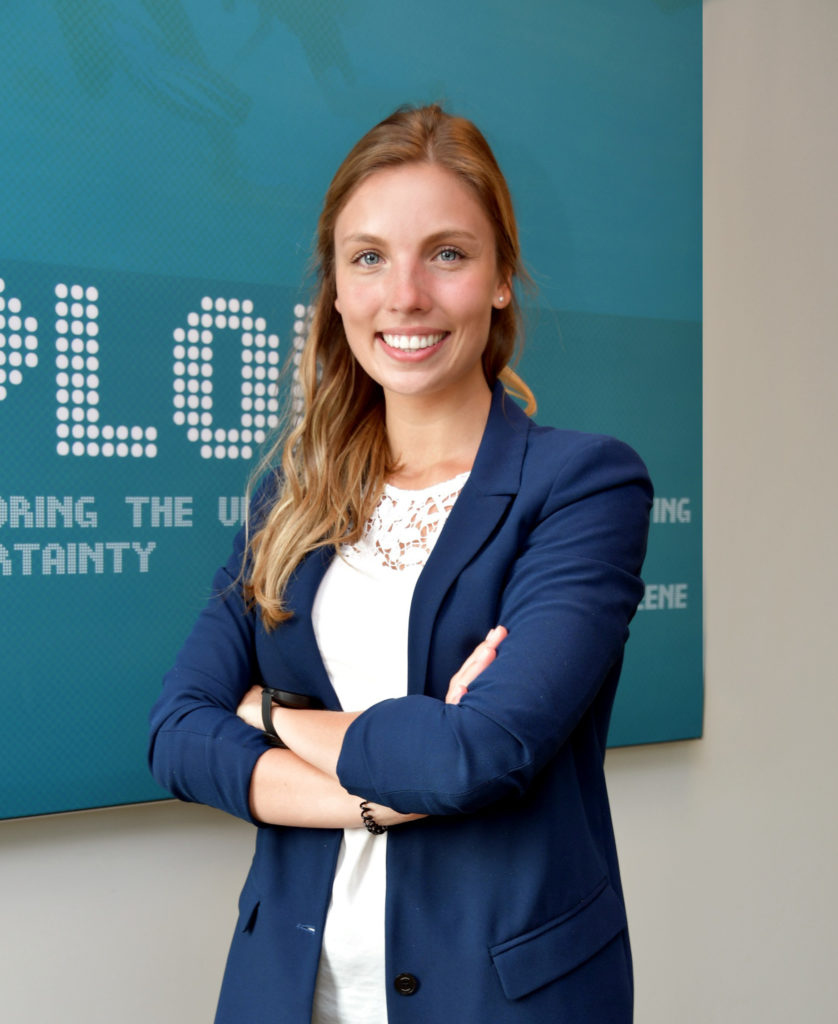
It is a very nice place to live. I find very rewarding to meet people with many different nationalities and I always felt well-integrated.
Charlotte Stoffels


